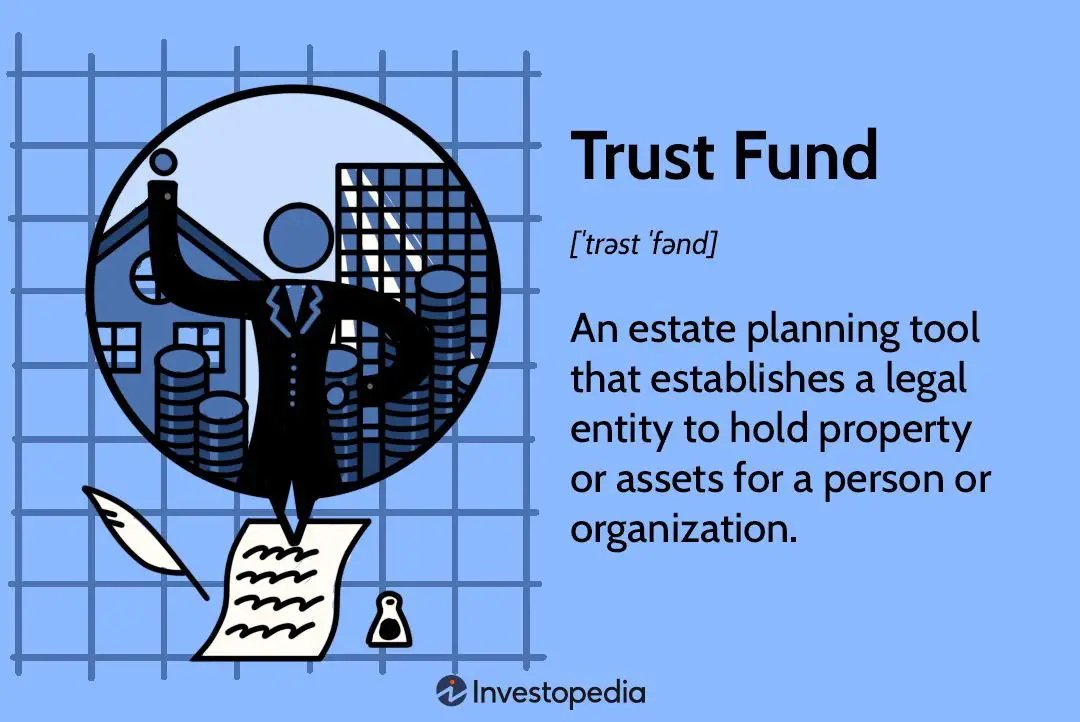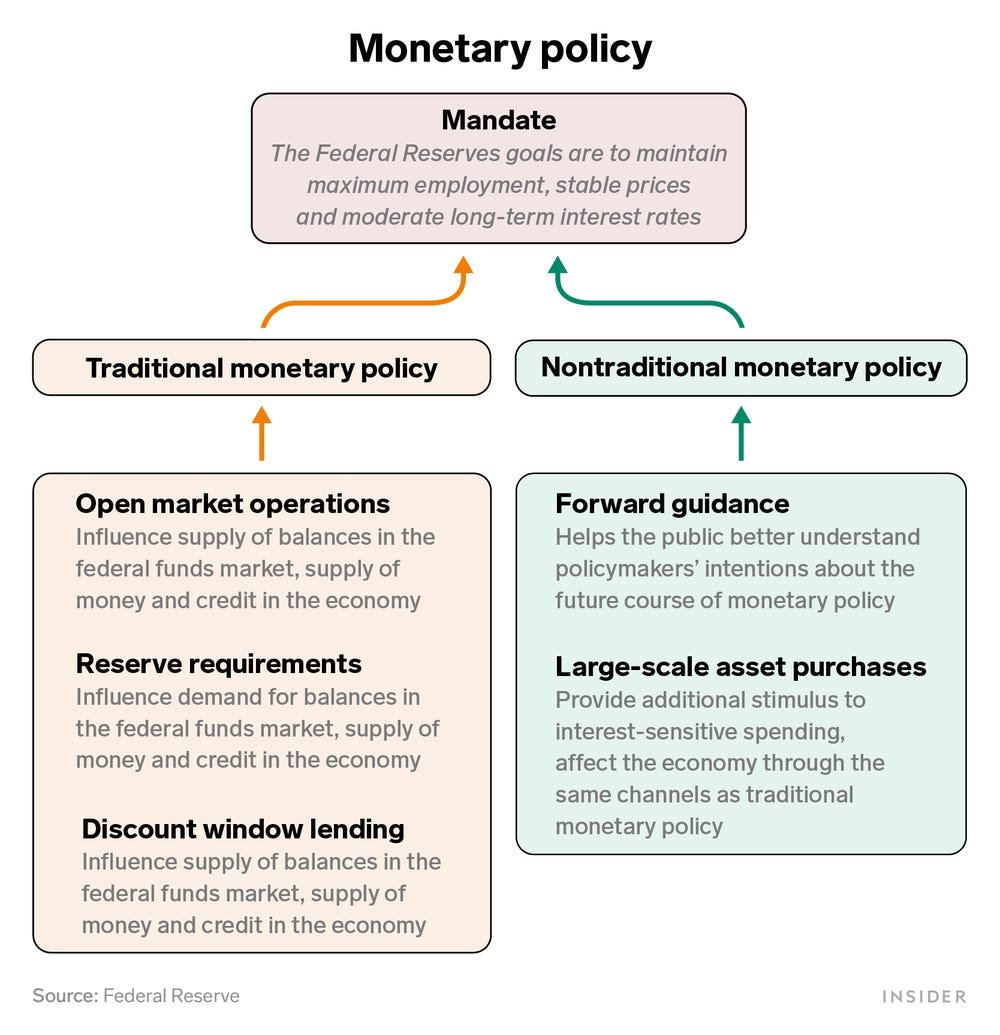If you’ve ever wondered what a trust fund is and how it works, you’ve come to the right place. In simple terms, a trust fund is a legal arrangement where assets are held and managed by a trustee for the benefit of beneficiaries. It offers a way to protect and distribute wealth, providing for loved ones and philanthropic endeavors. But the concept of a trust fund goes beyond its definition; it holds the potential to shape legacies, secure financial futures, and ensure the well-being of those entrusted. So, let’s delve into the fascinating world of trust funds and explore how they function. Are you ready? Let’s get started.
What is a Trust Fund and How Does it Work?
A trust fund is a legal arrangement that allows a person or entity, known as the settlor, to transfer assets to a trustee. The trustee holds and manages these assets on behalf of one or more beneficiaries. Trust funds can be used for various purposes, such as estate planning, charitable giving, or providing ongoing financial support to loved ones.
Understanding the Basics of Trust Funds
To fully grasp how trust funds work, it’s important to understand a few key terms and concepts:
1. Settlor:
The settlor, also known as the grantor or trustor, is the person who establishes the trust fund. The settlor determines the terms and conditions of the trust, including what assets will be placed in it, how the trust will be administered, and who the beneficiaries are.
2. Trustee:
The trustee is the person or entity responsible for managing the trust fund and adhering to the instructions set forth by the settlor. Trustees have a fiduciary duty to act in the best interest of the beneficiaries and must carry out their responsibilities with care, honesty, and loyalty.
3. Beneficiary:
Beneficiaries are the individuals or entities who are entitled to receive the benefits of the trust fund. They can be individuals, such as family members or friends, or organizations, such as charities or educational institutions. The settlor can designate one or multiple beneficiaries, and their rights and entitlements are outlined in the trust document.
The Different Types of Trust Funds
Trust funds come in various types, each serving a specific purpose. Here are some commonly used trust fund structures:
1. Revocable Living Trust:
A revocable living trust is created during the settlor’s lifetime and can be modified or revoked as long as the settlor is alive and mentally competent. It allows the settlor to maintain control over the assets and make changes as circumstances evolve. However, upon the settlor’s death or incapacitation, the trust becomes irrevocable, and its terms take effect.
2. Irrevocable Trust:
Unlike a revocable living trust, an irrevocable trust cannot be altered or revoked after its creation, except under specific circumstances. Once assets are transferred into an irrevocable trust, they are considered separate from the settlor’s estate and are no longer under their direct control. This type of trust is often used for tax planning, asset protection, and Medicaid planning.
3. Testamentary Trust:
A testamentary trust is established within a will and only takes effect after the settlor’s death. The trust is funded through the assets specified in the will and is typically designed to provide financial support and guidance to minor children or beneficiaries who may not be ready to manage their inheritance independently.
4. Charitable Trust:
A charitable trust is created to support a charitable cause or organization. It allows the settlor to contribute assets, such as cash, real estate, or stocks, and receive tax benefits in return. Charitable trusts can provide ongoing support to a charity or establish scholarships and grants to promote education and community development.
The Benefits of Trust Funds
Now that we have a basic understanding of trust funds and their types, let’s explore the benefits they offer:
1. Asset Protection:
By placing assets in a trust, they are shielded from certain risks and liabilities. This can be especially beneficial in protecting wealth from creditors, lawsuits, and potential bankruptcy. Assets held in an irrevocable trust are typically considered separate from the settlor’s personal assets, offering an added layer of protection.
2. Probate Avoidance:
One of the main advantages of using a trust fund for estate planning is its ability to bypass probate. Probate is the legal process of validating a will and distributing assets, which can be time-consuming and expensive. Trusts allow assets to be transferred directly to beneficiaries upon the settlor’s death, avoiding the probate process altogether.
3. Privacy:
Unlike wills, which become part of the public record during probate, trust documents remain private. This can be particularly important for those who value confidentiality and wish to keep their financial affairs out of the public eye.
4. Control and Flexibility:
Trusts provide greater control over how assets are managed and distributed. Settlors can specify the conditions under which beneficiaries receive funds, allowing for customized solutions tailored to unique family dynamics or specific goals. Trusts can also be designed to support beneficiaries over an extended period, ensuring their financial well-being.
The Process of Creating a Trust Fund
Establishing a trust fund involves several steps, including:
1. Determine the Purpose and Goals:
The first step is to clearly define the purpose and goals of the trust fund. This includes identifying the intended beneficiaries, specifying the assets to be included, and outlining any special instructions or conditions.
2. Choose a Trustee:
Selecting a trustee is a critical decision. The trustee should be someone who is trustworthy, capable, and willing to carry out the responsibilities outlined in the trust document. Many individuals choose a family member, while others prefer to appoint a professional trustee, such as a bank or trust company.
3. Draft the Trust Document:
The trust document is a legally binding contract that outlines the terms and conditions of the trust fund. It includes details about the settlor, trustee, beneficiaries, assets, distribution rules, and any other specific provisions. Working with an experienced attorney is advisable to ensure the trust document is clear, comprehensive, and in compliance with applicable laws.
4. Fund the Trust:
To make the trust operational, assets must be transferred into the trust fund. This can involve changing the ownership of property, updating beneficiary designations on financial accounts, or re-titling assets in the name of the trust.
5. Review and Update Regularly:
Trusts should be reviewed periodically to ensure they align with changing circumstances, such as births, deaths, marriages, or changes in financial goals. Regular updates can help address evolving needs and ensure the trust continues to meet its intended purpose.
In conclusion, trust funds are powerful tools that offer individuals and families a range of benefits, including asset protection, probate avoidance, privacy, and control over the distribution of assets. By understanding the basics of trust funds, the different types available, and the process of creating one, individuals can make informed decisions about how to best utilize this estate planning vehicle to meet their financial objectives and provide for future generations.
What is a Trust Fund? How Does it Work?
Frequently Asked Questions
Frequently Asked Questions (FAQs)
What is a trust fund?
A trust fund is a legal entity that holds assets on behalf of one or more beneficiaries. It is created by a grantor who transfers their assets into the trust fund for the purpose of providing financial protection and distribution to the beneficiaries.
How does a trust fund work?
A trust fund works by appointing a trustee (an individual or an institution) to manage and administer the assets held within the trust. The trustee holds legal ownership of the assets but has a fiduciary duty to act in the best interests of the beneficiaries, following the terms and conditions outlined in the trust document.
What are the different types of trust funds?
There are several types of trust funds, including revocable living trusts, irrevocable trusts, charitable trusts, special needs trusts, and spendthrift trusts. Each type serves different purposes and offers specific benefits for the grantor and the beneficiaries involved.
Who can create a trust fund?
Anyone who possesses assets can create a trust fund. It is commonly used by individuals, families, and businesses to protect and distribute wealth, provide for future generations, support charitable causes, or manage assets for individuals with special needs.
What are the advantages of a trust fund?
Trust funds offer several advantages such as asset protection, tax planning, privacy, avoiding probate, and maintaining continuity in the distribution of assets. They can also provide a structured approach to wealth management and ensure the financial well-being of beneficiaries.
How are trust funds funded?
Trust funds are funded by transferring assets from the grantor to the trust. These assets can include cash, real estate, investments, business interests, or any other valuable property. The trust fund becomes the legal owner of these assets, and the grantor may retain control over them based on the terms of the trust.
Who can be named as beneficiaries of a trust fund?
Beneficiaries of a trust fund can be individuals, organizations, or even other trusts. Common beneficiaries include family members, children, grandchildren, charitable organizations, or entities that support specific causes or purposes.
What happens if the trustee resigns or passes away?
In the event that a trustee resigns or passes away, the trust document usually designates a successor trustee. The successor trustee takes over the responsibilities of managing the trust assets and ensuring the wishes of the grantor are carried out according to the terms of the trust.
Final Thoughts
A trust fund is a legal entity that holds and manages assets on behalf of the designated beneficiaries. It can be created during a person’s lifetime or through a will. The trustee is responsible for managing the trust fund and ensuring that the assets are used for the beneficiaries’ benefit as specified in the trust agreement. Trust funds offer various benefits, such as asset protection, tax advantages, and control over asset distribution. They can be used for various purposes, such as providing for family members, supporting charitable causes, or managing wealth across generations. Consider setting up a trust fund to protect your assets and ensure their efficient management for the benefit of your loved ones. In summary, understanding what a trust fund is and how it works empowers individuals to make informed decisions about their estate planning and asset management.



